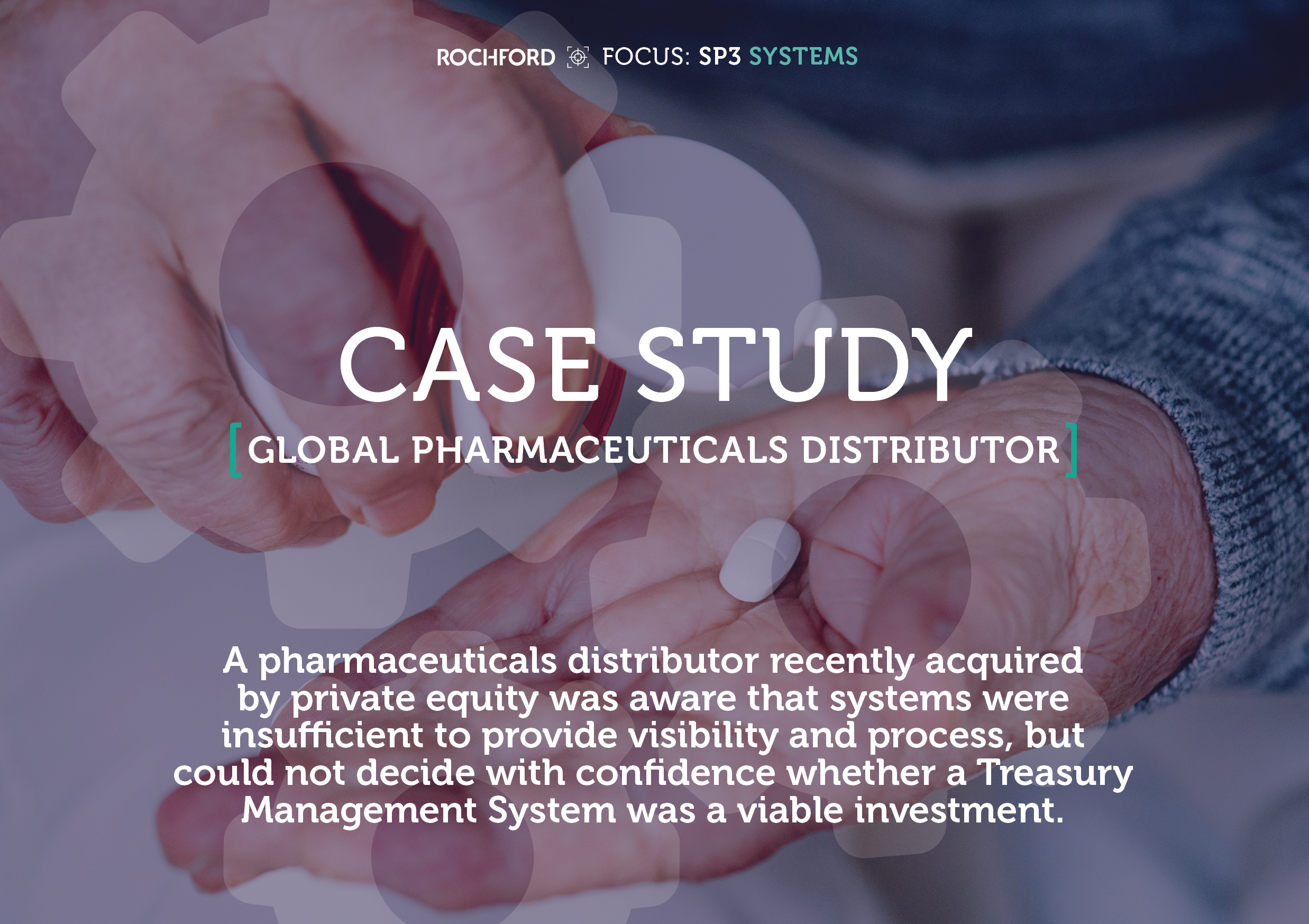Systems should empower people to effectively perform clearly defined processes, which means that time spent innovating and making valuable strategic decisions is maximised.
Common Shortfalls
- Expensive, committed technology licenses
- Highly fragmented system data and multiple sources of truth
- Lack of process planning prior to technology commitment
- Extended implementation and training
- Lack of technology flexibility as strategic requirements change
- Lack of dataflow alignment to processes and policies
- Lack of prescriptive or clear calls to action from workflow output
Solutions
- Strategic and holistic construction of low-cost, flexible operating tools in Excel
- RFP management should an advanced system still be deemed valuable
- Implementation and training on new system
- Integrated solutions for the identification, measurement, management and monitoring of risks
Design
Designing a system can only be best achieved once the process the system is meant to empower is first designed. Ideally, the process will also be developed, implemented and operated for a period in a fast, flexible solution (Excel!) to refine the steps, calculations and clear actionable outputs. Then, this process can be migrated from a low-security, low maintenance framework to a more robust structure. The trade-off is in losing flexibility and nimbleness to gain robustness, so this should only be done once the option for flexibility is no longer more valuable than structural integrity. This is only achievable once the process is clearly articulated and proven as valuable over a period of time.
Develop
From a design perspective, system development can be thought of as internal or external. Internal development is at first experimental, aligned to a clearly refined process. External development has been taking place for decades by treasury software companies, but this doesn’t necessarily mean any given external developer has a solution flexible enough for your specific needs. If you are unable to clearly articulate your end to end processes the system needs to empower, you risk the conversation being led by the software sales team who will have incentive to sell the idea that their system can deliver a process for you whether or not it’s the one that will deliver most value to your business.
Implement
The size, flexibility and number of stakeholders interacting with a system are key considerations in system implementation. This phase requires its own action plan with emphasis on ensuring users are not overburdened with low value, seemingly disjointed tasks and upskilling requirements. This is the quickest way to burn good will, demotivating users and increasing the odds that users revert to old and less effective procedures.
As such, an effective action plan should include:
- A realistic timeline for implementation
- Buy-in from management to encourage an active user community
- Clearly defined benefits and expectations of the system
- Adequate training
Operate
The operation of any system should be empowering users to make faster more effective decisions due to pre-defined processes now being executed more effectively. Operation should be low-touch, and outputs should be objective calls to action. Anything less than this, and you are not at the end of your process, but rather in the middle of one, with additional required steps to follow.

PROBLEM
Why the challenge was proving difficult to solve:
- Cash balance reporting, cash flow forecasting, liquidity management and FX risk management were unachievable in desired time frames
- Processes lacked a consistent sourcing and calculation process to achieve key actionable insights
- Treasury management system investment size and implementation timeframe would not produce enough return on investment
SOLUTION
Rochford actions to address and correct the problems:
- Rochford first isolated multiple workstreams for design and development within Excel that would have the highest value impact
- We ensured stakeholders stayed informed of development work and implemented updated processes wrapped in the system across three continents
- We provide ongoing active management based on system outputs from cash balance reporting through to M&A and Capex funding advice
RESULT
End outcome, leaving the business in a better position than at the start:
- We now have a weekly Treasury reporting process and have reduced time spent compiling monthly Board reports by 85%
- Rochford’s tools, processes and advice are enabling proactive cash management previously unavailable, eg funding M&A transactions through multiple revenue currencies while minimising trapped cash and required draws on revolver credit facilities
To learn more about how we can optimise your treasury function, visit our Treasury Services page here or contact our team on +61 (0) 2 8916 6115.
